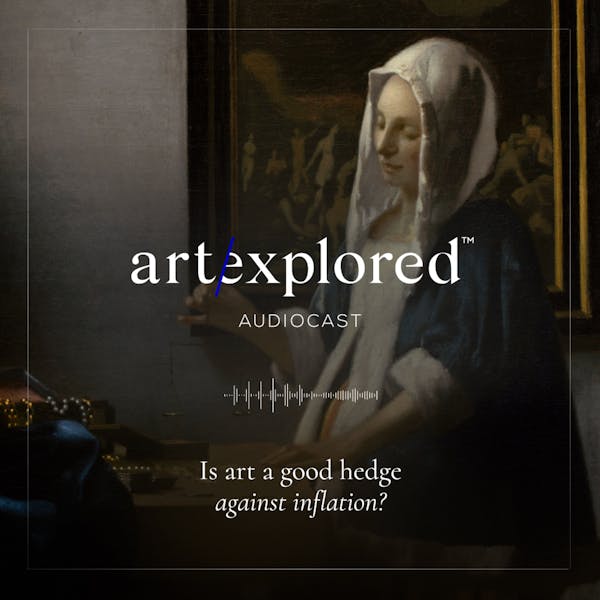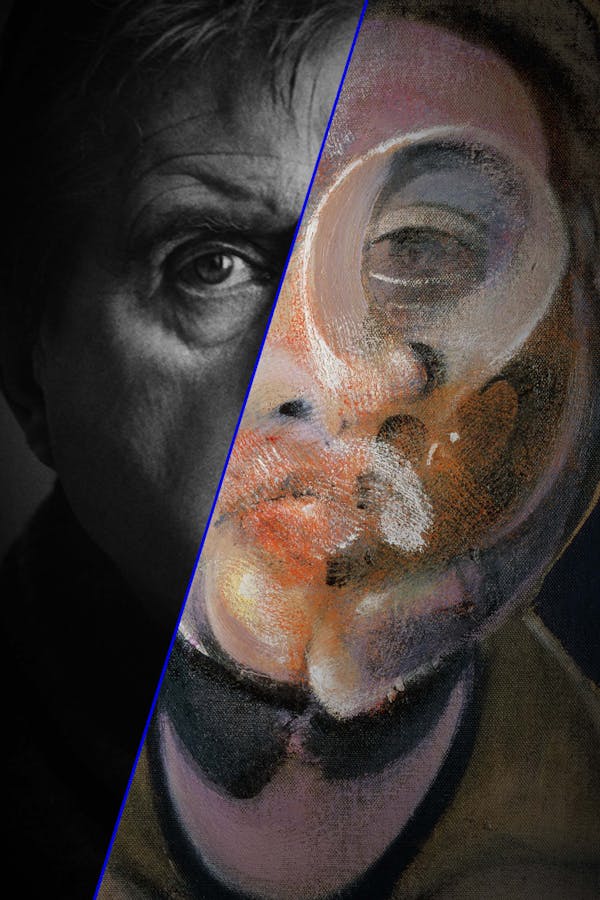A new dawn of increased sales for female artists?
Sales are on the up but it’s hard to know if the positive trajectory will continue
By William Corwin
It’s ironic that the top reported sale for the 2023 Basel Art Fair was Louise Bourgeois’ terrifying Spider IV (1996) at $22.5 million. A conflicted symbol of both care and trauma, is this shiny bronze arachnid the harbinger of a new era of expanded sales for female artists, or a lonely outlier and merely an expression of the market’s adulation of enshrined dead masters, regardless of gender or race?
Inquiring among a range of industry experts, gallerists, and artists, ArtExplored found that there isn’t a clear answer, but a complicated web of potential paths, promising beginnings, and consistent unchanging realities that point to a murky, possibly brighter future.
However, in terms of female Old Masters, the market has improved markedly of late with increasing demand leading auction houses to organise sales focusing exclusively on these artists – something they would have never dared to promote a few years ago. Take Artemisia Gentileschi, for example – her record sale was set in 2019 when the Getty Museum purchased her Lucretia (1623-25) for $5.3 million (six times its high estimate), and world-wide she has had five exhibitions in 2023 alone.
But back to Basel Art Fair. While many of the sales were of now-passed women now become household names, such as Alice Neel ($2.8 million) and Meret Oppenheim ($225,000-275,000), there were sales for living women artists as well: Roni Horn ($2.5 million), Amy Sillman ($450,000), Firelei Báez ($350,000), Tracy Emin ($970,000), and Senga Nengudi ($90,000).
Obviously, this is a literal improvement over a past which saw the occasional female or two as acknowledged members of Abstract Expressionism, Minimalism, or Post-Modernism, but a recent survey – the Burns Halperin Report – paints a disappointing picture of almost glacially-slow incremental change for both women artists and those from minorities.
Artists in general are very aware of the fad potential of any market movement, whether it’s a passing interest in figuration, political art, or in a particular “type” of artist. “There’s a lot of activity now, there’s a lot of visibility, but how does that trickle down and how does that impact future generations; not just in the moment?” muses Shervone Neckles, a multimedia artist who represented her home country of Grenada at the 2019 Venice Biennale.
“I’m looking for that deep thoughtful investment which doesn’t just happen through the artwork, it’s also the amount of scholarship that’s being done on women artists.” Herein lies the problem: while according to the Burns Halperin Report, sales of women artists overall expanded 174.2% between 2008 and 2021, this resulted in only 11% of acquisitions by US museums (of the 31 institutions represented in the report). Considering that’s half the population, this falls far short of gender equity.
Collector’s attitudes on the other hand may be changing. Irene Kim, global head of VIP relations for Art Basel, feels there’s been a sea change in terms of collector mentality: “Most Collectors buy whatever they want and like, but these days if you are a collector that’s cognisant to build an overall narrative, it’s about what your mission is; what is your collection focus.” Certain collectors stand out: Pamela Joyner focuses her collection primarily on contemporary African American artists, while Komal Shah collects work by contemporary women artists, and just published Making Their Mark: Art by Women in the Shah Garg Collection (2023).
Still, change is slow, and going by the statistics, seems to be largely based on the market for long established and dead women artists.
A gallery that has been instrumental in informing the wider art world of the sheer quantity and variety of talented women painters beyond the five main characters of Mary Gabriel’s 9th Street Women – is the New York gallery Berry Campbell. Founded in 2013 by Christine Berry and Martha Campbell, the gallery sought out the not-household names of women Abstract Expressionists. “We were going through the rosters of important exhibitions from the 1950s, and realising that the names that you don’t know tend to be names of women artists. So that you might see Willem de Kooning and Jackson Pollock on an exhibition list, but there’s also Perle Fine, Judith Godwin, and Yvonne Thomas: we said who are these artists and what does the art look like?”
Based on that strategy, Berry Campbell has grown from a modest two-room gallery to a large museum-quality exhibition space. “The Denver Art Museum Show [Women of Abstract Expressionism, 2016, curated by Gwen Chanzit] was probably a turning point,” says Berry, “when that exhibition happened is when people, museums, collectors realised this can be a focus, in the past they wouldn’t want to do a show of the women artists alone, but I think by Denver doing that show it allowed other museums and galleries to go ahead and say we can single out the women.” She does also feel Gabriel’s 9th Street Women “made these women come into mass consciousness.”
And the results have been staggering. In the case of Abstract Expressionist Perle Fine (1905-1988), Berry Campbell exhibited her work in 2015 with prices ranging from $40,000-45,000. Now Fine’s works are selling for just under $1 million. According to the Burns Halperin Report, the biggest sellers in the auction market are by far Post-war and Contemporary women artists, which reached a peak of just under $600 million in 2018, but as the authors of the report are quick to point out, the sales of a single artist, Pablo Picasso (6.23 billion), exceeds the total sales of all women (6.2 billion) overall, between 2008 and 2022.
Do these modest increases translate to artists working in the primary market?
Talking to painter North American Emily Mae Smith, who exemplifies the contemporary artist working internationally within the market; showing with Frederick Petzel in New York and Perrotin in Paris, among others, one gets the sense that she would rather tie her fate to the world of collectors and market convulsions. “It’s funny how we sometimes go oh that’s just the market, it’s not moral, but actually there is no moral: I feel there’s this false separation between what is academic or understood by the “higher minds” of our industry – which are the artists and the writers and the curators – and that’s different from the collectors, but I don’t think it is. In my experience with academia, I have actually been treated more fairly, and had more access in the capitalistic art industry than I had in academia.” In effect, Smith argues, the realisation that women and artists of colour are simply a sound investment nudges progress much faster and more efficiently than the slow and convoluted instigation of diversity, equity, and inclusion (DEI) programmes in museums and universities.
Listen to audiocasts
More articles







